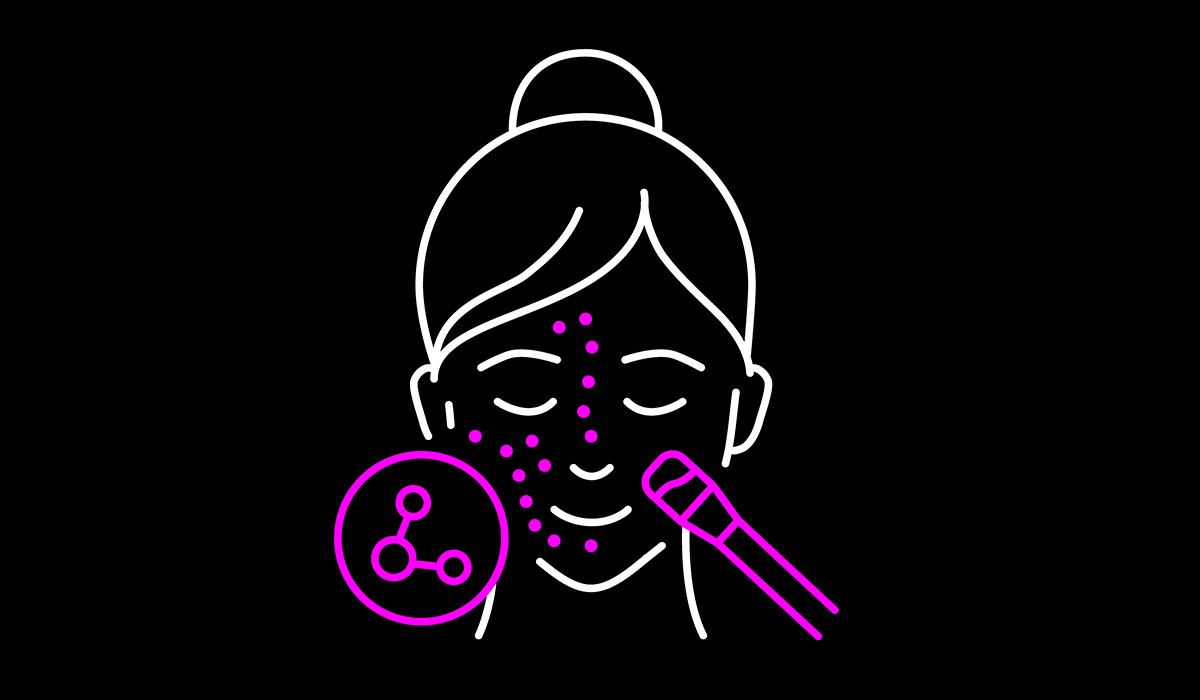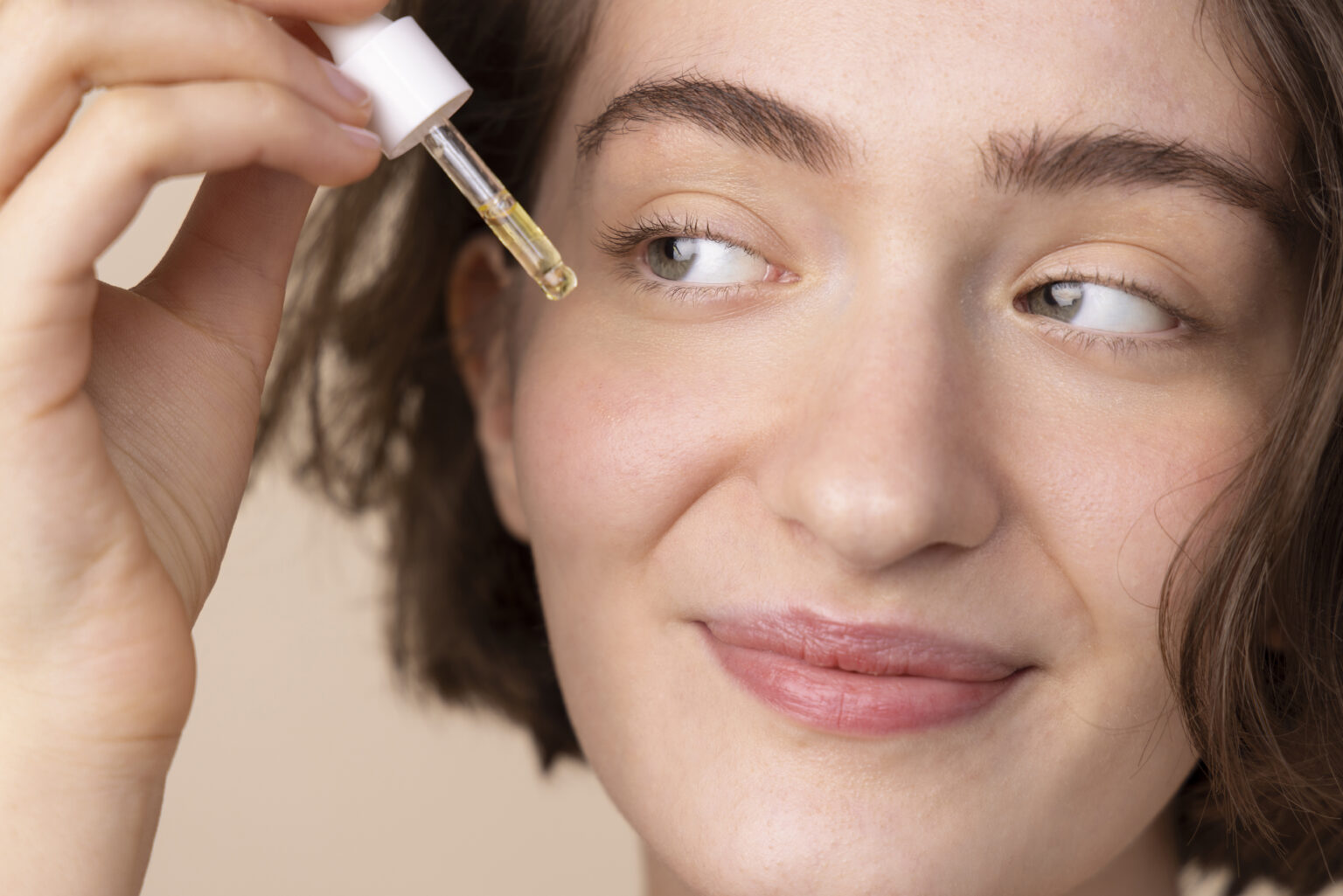
Proper Vision
Vitamin A plays a crucial role in enabling proper vision. It is a key component of the photoreceptor protein rhodopsin, found in the rod cells of the retina. Beyond vision, vitamin A is vital for the division and differentiation of various cells, including reproductive cells, helping to maintain their function and structure. Additionally, it supports the maturation and differentiation of immune system cells such as lymphocytes, monocytes, and neutrophils.
Antioxidant Properties
Moreover, β-carotene, which is a precursor of vitamin A, has antioxidant properties. This means it helps protect cells and tissues from the damaging effects of excess free oxygen radicals. When these radicals exceed normal levels, they can disrupt the body’s defense mechanisms and contribute to a phenomenon known as oxidative stress. Current research suggests that oxidative stress might play a role in increasing the risk of certain lifestyle diseases, including atherosclerosis, diabetes, cancer, and neurodegenerative conditions like Parkinson’s and Alzheimer’s disease.
Skin
Vitamin A is essential for maintaining the health of the epidermis, overseeing the processes of cellular exchange, and the shedding of outer layers. Retinol is a rejuvenating substance that is used primarily for the care of mature and problematic skin, struggling with psoriasis, acne, and discoloration.
Retinol acts on both the epidermis and the layers of the dermis. It is a strong antioxidant that inhibits the skin aging process caused by internal factors by scavenging free oxygen radicals. It increases the level of glycosaminoglycans and natural skin moisturizing substances, such as hyaluronic acid, which reduces and smoothes wrinkles. Retinol has anti-inflammatory effects. It firms the skin and is responsible for improving its elasticity, thanks to the stimulation of the multiplication of keratinocytes and fibroblasts, responsible for the production of collagen and elastin.
Retinol also reduces transepidermal water loss (TEWL) and reduces melanin production and its transport to melanocytes, thanks to which it has a lightening effect on discolorations, both post-sun and post-inflammatory. It supports the treatment of acne vulgaris by limiting the formation of comedones. Retinol accelerates epidermal renewal by facilitating the keratinization process, which causes dead epidermal cells to exfoliate. It improves the effectiveness of the mechanisms responsible for repairing skin cells damaged by UV radiation, and thus protects the skin from photoaging
Disadvantages
The negative effects of retinol on the skin include:
- Irritation, manifested by skin redness, itching, burning, and excessive dryness
- Increased skin sensitivity to UV radiation (for this reason, it is best to start the treatment in winter)
- Structural instability in cosmetic formulas is sensitive to air, high temperature, and solar radiation
- In addition, retinoids in any form should not be used during pregnancy or breastfeeding because they have teratogenic effects, i.e., harmful to the fetus, and embryotoxic effects, i.e., toxic to the embryo
Beneficial Combinations
When the first wrinkles appear on your skin, it’s a good idea to consult a beautician and consider your first foray into using a retinol-based product, ideally for nighttime application. To ensure optimal results without side effects, check if the product contains the following beneficial ingredients along with retinol:
- Vitamin E, which enhances the antioxidant properties of retinol
- Vegetable oils, such as grape seed or blackcurrant oil, help replenish lipid levels in the epidermis, protecting burning and dryness
- Ceramides are known for filling intercellular spaces and helping to rebuild the skin’s hydrolipid barrier
- Plant extracts, like Asian pennywort or witch hazel, which offer regenerating benefits
- Hyaluronic acid, which retains moisture and prevents skin dryness and irritation
The concentration of retinol in products is also crucial. Typically, retinol creams contain between 0.05% and 1% retinol. Lower concentrations are recommended for those just starting treatment, helping to build the skin’s tolerance over time. These milder formulations are also suitable for sensitive spots, like around the eyes and lip contours. Higher concentrations of retinol should be applied to areas like the face and décolleté for effective skincare.
What Should Retinol Not Be Combined With And Why?
Retinol is a substance with a strong effect on numerous processes occurring in the skin. For this reason, the use of retinol preparations must be well thought out. They should not be combined with substances such as:
- AHA and BHA acids with irritating potential, especially glycolic acid, almond, and salicylic acid
- Vitamin C works in a different pH range than retinol, so the combination of these ingredients reduces the effectiveness of cosmetics
During retinol treatment, you should not use a solarium. You should also avoid sunlight and use creams with high SPF 50+ protection. You should also not perform mechanical peeling, microdermabrasion, or laser therapy.
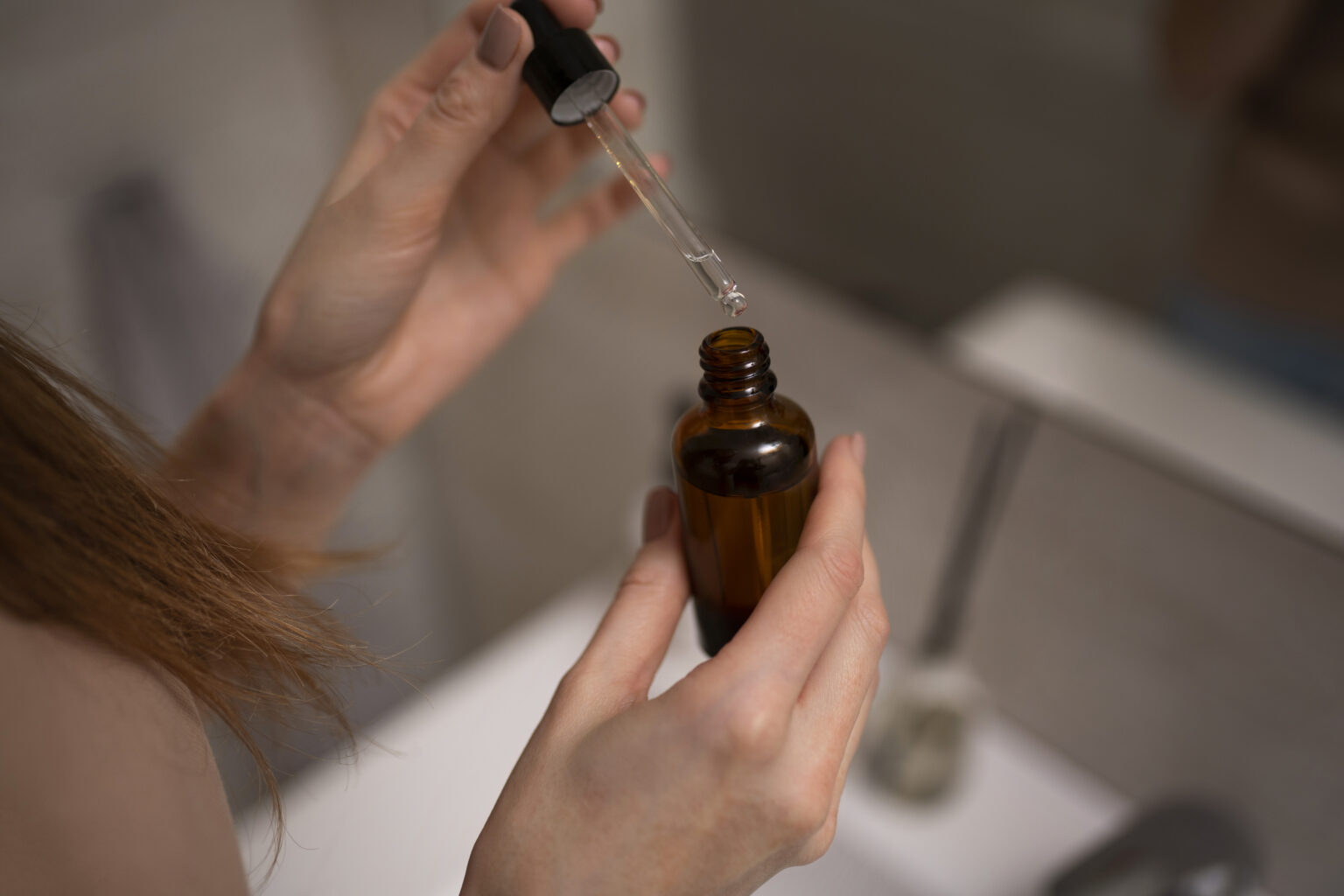
Alternatives To Retinol
Some people cannot or don’t want to use retinol. Fortunately, there are some alternatives. One of them is bakuchiol.
Bakuchiol
In recent years, a natural plant substance called bakuchiol, which is called vegan retinol, has become increasingly popular. It is a completely different chemical substance, which, however, has similar desirable properties to retinol, without the undesirable irritating effects. In addition, bakuchiol has been classified by the American Food and Drug Administration (FDA) as a safe substance.
Bakuchiol is a phenol, which is a derivative of terpenes. It occurs, among others, in the Psoralea corylifolia plant, which grows in China and India, where it has long been used in Ayurvedic medicine. Bakuchiol can also be safely used in the summer. It has, among other things, the following effects:
- Anti-acne
- Anti-oxidant
- Anti-inflammatory
- Anti-aging
- Brightening discolorations
- Stimulating collagen production
What Skin Type Is Retinol Intended For?
First and foremost, this substance is effective for all skin types. Even those with sensitive, dry, or vascular skin can safely reap the benefits of retinol. However, if you fall into one of these categories, it’s advisable to begin treatment with the lowest concentration available. Over time, retinol works to rebuild and thicken the skin, which helps to diminish the appearance of capillaries and redness.
Mature Skin
The most noticeable results are typically seen in mature skin, as retinol can significantly reverse the signs of aging. It also performs well on combination, oily, and acne-prone skin by regulating sebum production and helping to prevent acne breakouts. That said, even individuals with young and normal skin can benefit from incorporating retinol into their skincare routine. In these cases, using retinol as a preventive measure can safeguard the skin against the development of wrinkles and other imperfections.
It’s best to start your retinol journey with lower concentrations, such as 0.2% or 0.3%. Initially, apply the product once a week, then gradually increase it to twice a week. If you experience irritation, it’s wise to take a break from the treatment for 2 to 3 days. Keep in mind that irritation and exfoliation often occur about three days after starting use.
First Contact With Retinol
Retinol is a potent ingredient, and using it can sometimes leave a mark. Initially, as your skin adjusts, you may experience some side effects due to its strength. And before we achieve positive results from these encounters, side effects resulting from its properties may first occur. These include, among others, intense skin redness, flaking skin, irritation and dryness of the skin, and even an itchy or unpleasant burning sensation. These symptoms can occur even when you use retinol according to the art.
At the stage of accustoming the skin to this intense ingredient, such ailments are completely normal. You should not be afraid of them but focus on taking proper care of the skin and surviving this somewhat demanding period. Do not be discouraged – over time, the skin will realize what it is dealing with and will start to cooperate.
Unless the symptoms persist for a long time and are very bothersome – then stop using retinol and consult a specialist. Maybe something went wrong during application, or maybe the skin simply did not like this substance. Before starting your adventure with retinol, make sure that there are no contraindications to its use (pregnancy and breastfeeding, skin damage, oral retinoid therapy, skin diseases, and skin damage, laser treatments or skin exfoliation as part of procedures performed in a beauty salon).
How To Use It?
Using retinol, especially at the very beginning, can cause irritation, exfoliation, and redness. It is a natural side effect of using this substance, which usually goes away after some time of its use.
When deciding on retinol treatment, you should also know not to combine its use with other irritating substances, such as AHA, BHA, and PHA acids, as well as niacinamide and vitamin C. However, you can use, for example, a cream with vitamin C in the morning and a serum with retinol in the evening.
This substance can be combined with, for example, ceramides, hyaluronic acid, or vitamin E. What’s more, it is worth knowing that retinol is a night cosmetic. It should not be used during the day for two reasons. Firstly, it sensitizes the skin to the sun, which can cause discoloration, and secondly, UV radiation causes degradation of retinol, which will make it less effective.
Application
To use retinol properly, apply it in the evening after thoroughly cleansing your skin. Gently pat the product onto your face, steering clear of the areas around your mouth and eyes to minimize irritation. Before applying retinol, consider using a gentle toner with vitamins to help soothe the skin. If your skin tolerates retinol well and you don’t experience any irritation, you can boost its effectiveness by applying a serum with hyaluronic acid afterward. It will enhance the penetration of retinol into the skin, resulting in improved effectiveness.
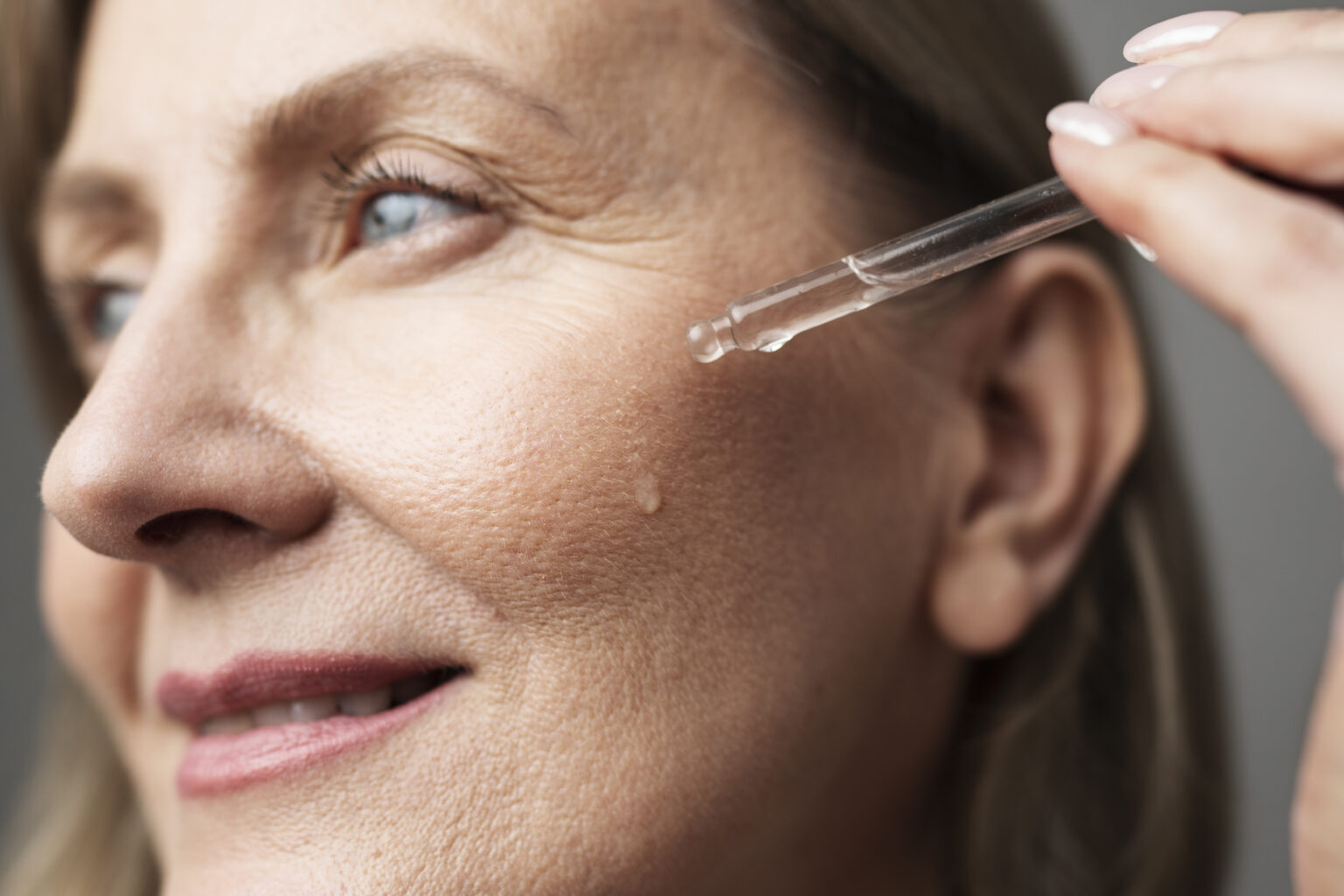
Vitamin A Deficiency
Vitamin A deficiency is seldom seen in developed countries, but it can pose a risk for premature infants and individuals with pancreatic issues or cystic fibrosis. In contrast, this deficiency is quite prevalent in developing nations, primarily due to limited access to animal-based foods rich in vitamin A and plant sources of β-carotene.
Insufficient levels of this vital vitamin can lead to various visual problems, including night blindness. Additionally, dry eye syndrome, also known as xerophthalmia, is a frequent symptom among those suffering from vitamin A deficiency in these regions.
Other symptoms of vitamin A deficiency include:
- Excessive keratinization and desquamation of the epidermis
- Reduced resistance to infections
- Inhibited growth and development of young organisms
Excess Vitamin A
Excess vitamin A is most often the result of excessive consumption of retinol and its derivatives in the form of supplements or pharmaceutical preparations. In such a situation, it has a toxic and teratogenic effect on the body.
Symptoms of hypervitaminosis A include:
- Enlarged liver
- Excessive excitability
- Weakness
- Headaches
- Skin changes
- Changes in bone structure (reduced bone mineral density leading to an increased risk of osteoporotic fractures)
One of the most common signs of long-term excessive intake of β-carotene is a yellow-orange skin discoloration, known as carotenoderma. Fortunately, this condition tends to fade away quickly once the excessive consumption stops.
The CARET (Beta-Carotene and Retinol Efficacy Trial) study revealed that among smokers who took β-carotene supplements for four years, there was about a 28% rise in the incidence of lung cancer. Furthermore, the total mortality rate for these smokers increased by 17%.
It’s important to note that the studies conducted so far have not demonstrated any benefits of dietary supplements for healthy, well-nourished individuals. In some instances, their use may even pose health risks.
Sources
- The Discovery of the Visual Function of Vitamin A. ResearchGate.
https://www.researchgate.net/publication/11954147_The_Discovery_of_the_Visual_Function_of_Vitamin_A - Is vitamin A an antioxidant?. ResearchGate.
https://www.researchgate.net/publication/359289345_Is_vitamin_A_an_antioxidant - Retinoids in the treatment of skin aging: An overview of clinical efficacy and safety. ResearchGate.
https://www.researchgate.net/publication/5800840_Retinoids_in_the_treatment_of_skin_aging_An_overview_of_clinical_efficacy_and_safety - Retinol. NIH.
https://pubchem.ncbi.nlm.nih.gov/compound/Retinol - Adverse effects of retinoids. NIH.
https://pubmed.ncbi.nlm.nih.gov/3054426/ - Bakuchiol, a natural constituent and its pharmacological benefits. NIH.
https://pmc.ncbi.nlm.nih.gov/articles/PMC10683784/ - Vitamin A Deficiency. NIH.
https://ods.od.nih.gov/factsheets/VitaminA-HealthProfessional/#h7 - Vitamin A Toxicity. NIH.
https://www.ncbi.nlm.nih.gov/books/NBK532916/ - The Carotene and Retinol Efficacy Trial (CARET) to prevent lung cancer in high-risk populations: pilot study with cigarette smokers. NIH.
https://pubmed.ncbi.nlm.nih.gov/8348063/







